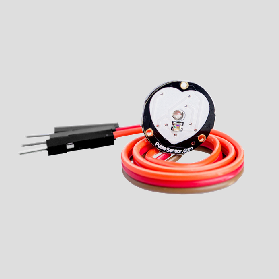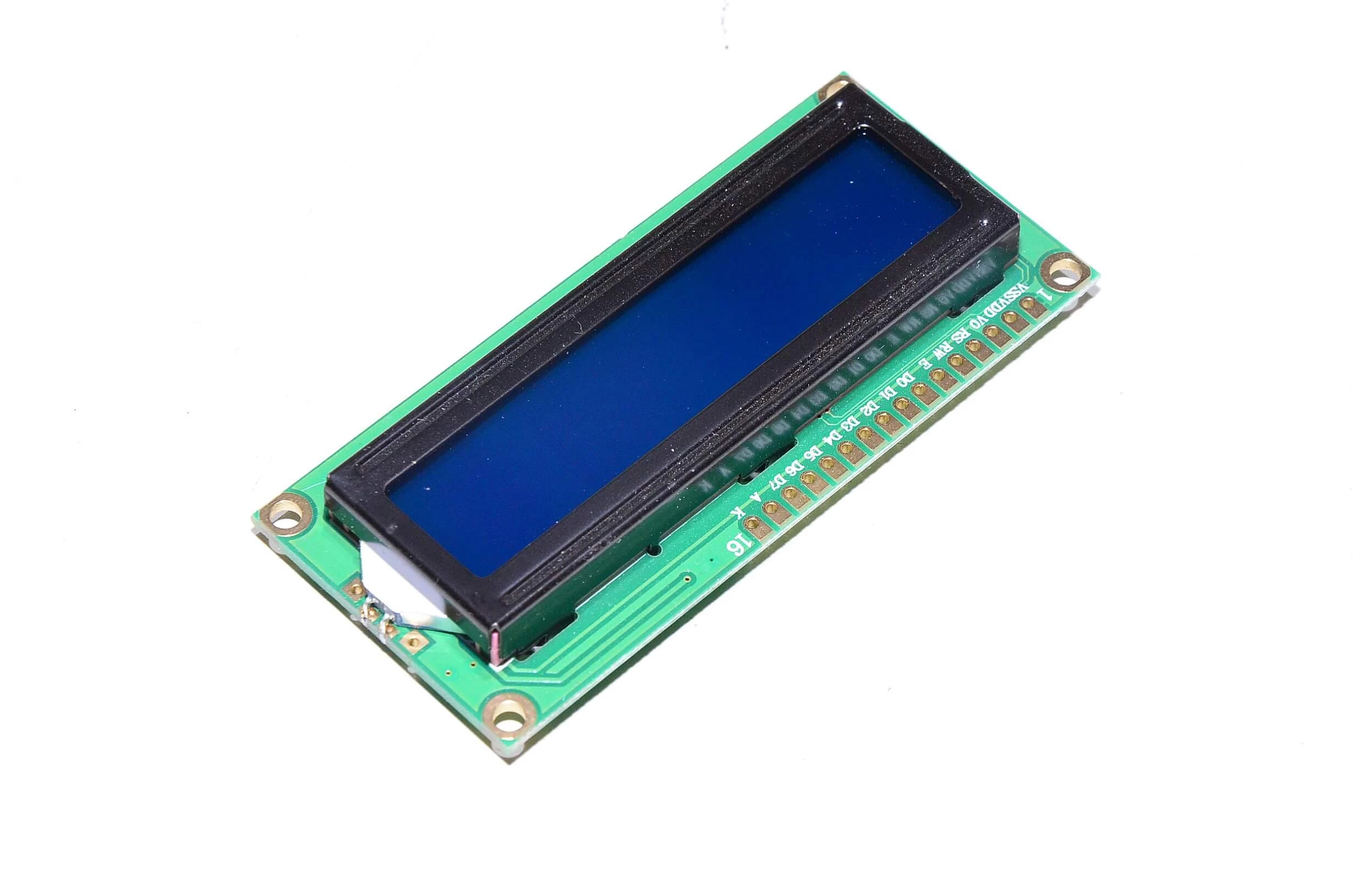![]() Wearables are pieces of hardware that are to be worn in order to collect data such as heart rate, blood pressure, or heat.
Wearables are pieces of hardware that are to be worn in order to collect data such as heart rate, blood pressure, or heat.
The definition can be simplified to any wearable technology which interfaces or collects data from us. Ultimately the goal of wearables is to create "smart" devices which can facilitate certain aspects of life. For example, wearables are a relevant aspect of the medical field as they can be used to constantly monitor the vitals of patients.
Tech Kits
Beginner
Heart Rate Sensor
Length: 30 Minutes
Description: Wearable technology includes devices that gather information from the body, and this project introduces how such devices function by building a simple heart rate monitor. Using an Arduino microcontroller, a pulse sensor, LEDs, and a buzzer, students assemble a circuit that detects changes in blood flow and translates them into visual and audio signals. The Arduino processes the sensor’s analog data, while components like resistors, breadboards, and power connections help stabilize and distribute the signals. By programming the system through the Arduino software, users can observe heart rate patterns and explore how code influences the device’s responses.
Intermediate
Smart Watch
Length: 45 Minutes
Description: Using an Arduino microcontroller, a pulse sensor, LEDs, and a buzzer, students assemble a simple wearable-style circuit that measures changes in blood flow and converts them into visual and audio signals. The Arduino reads the sensor’s analog data and uses components such as resistors, breadboards, and power lines to keep the signals stable and organized. After uploading the program through the Arduino software, users can watch the LEDs and buzzer respond to heartbeat patterns in real time. This setup offers an accessible way to see how hardware and code work together to capture biometric information and create an interactive monitoring system.
Advanced
E-Paper Name Tag (IN PROGRESS)
Length: 60 Minutes
Description: Using a Raspberry Pi and an E-paper Module, students can build an e-paper name tag which uses little power to display information like ink on paper.
Projects
Resources
![]()
Arduino Uno
Quantity: 10
Description: A single board microcontroller kit for building digital devices.

Arduino IDE
Type: Software
Description: In the Arduino IDLE you can enter code and run programs.

E-Paper Module
Quantity: 2
Description: A display technology that mimics the appearance of ink on paper, offering a high-contrast, paper-like reading experience that is easy on the eyes and viewable in direct sunlight.

Pulse Sensors
Quantity: 2
Description: An Arduino-compatible device for measuring heart rate.

LCD Module
Quantity: 5
Description: LCD displays are used to digitally display information from other connected components.

Raspberry Pi
Quantity: 5
Description: Raspberry Pi is a small, low-cost, single-board computer designed to teach circuitry at the size of a credit card.